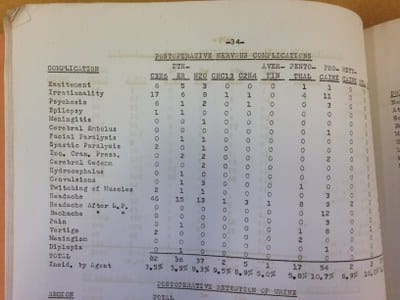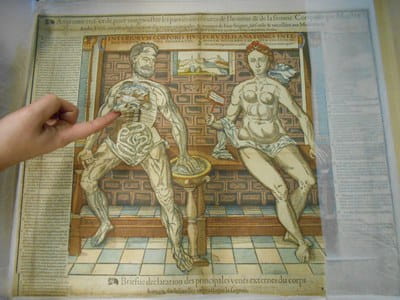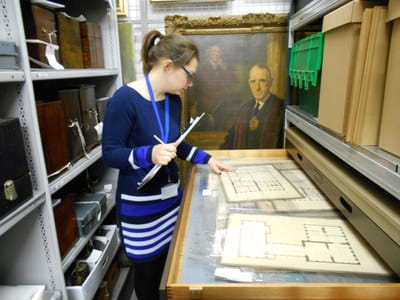Welcome to the RCS Library & Surgical Information Services blog
28 Apr 2015
Thalia Knight & Dorothy Fouracre
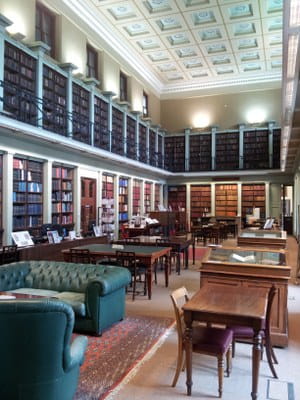
Future blogposts will talk about what we do, our projects and feature items from the collections. Read on now to learn about a current, ground-breaking project written by one our Collections Review Assistants, Dorothy Fouracre.
Thalia Knight, Director of Library & Surgical Information Services
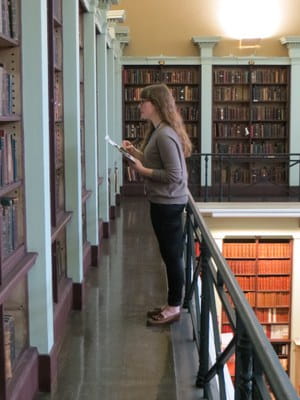
As well as corroborating the importance of already-celebrated items or collections – Joseph Lister’s manuscript research papers, for example, or a copy of an otherwise unrecorded French translation of Aristotle’s Secreta Secretorum from 1490 – the review process has also been bringing some more unexpected matters to light. Surveying the library’s journal collection has revealed that it holds several titles not carried, as far as we can tell, by any other institution in the UK. This raises interesting questions in terms of collection management: could these items be another unique selling point for the College’s collections? Or if no other institutions have seen the value of retaining, for instance, a single 1922 issue of Oogheelkundig Jaarboek (a Dutch ‘Ophthalmic Yearbook’) or the statistical reports for 1941-1964 from the University of Wisconsin’s Department of Anesthesiology (above), why should RCS, either?
These questions are, of course, complicated by issues relevant to practically any collecting institution, including the collection’s previously limited discoverability, as it is only now being fully catalogued; the difficulties of recording usage in libraries, and much of the collection’s unknown provenance. These complications make it harder to ascertain the collection’s significance or potential usage. (Above: Fugitive sheet - Anatomie tres-utile, Paris, par Jean de Gourmont, 1585.)
With 2,274 boxes of archive material, approximately 100,000 volumes of both historic and contemporary library books, pamphlets and periodicals, and around 54,000 museum collection items to assess, and halfway through its course, it seems clear that the project’s outcome will not only be a large dataset, but that it will also have implications for future collections management. The College’s ‘unique’ journals are small but significant proof that any data gathering exercise is not an end in itself, but rather just the start of a much larger process.
Find updates and images of re-discovered treasures from all the collections on the Hunterian Museum’s twitter account: @HunterianLondon #CollectionsReview.
Dorothy Fouracre, Collections Review Assistant

